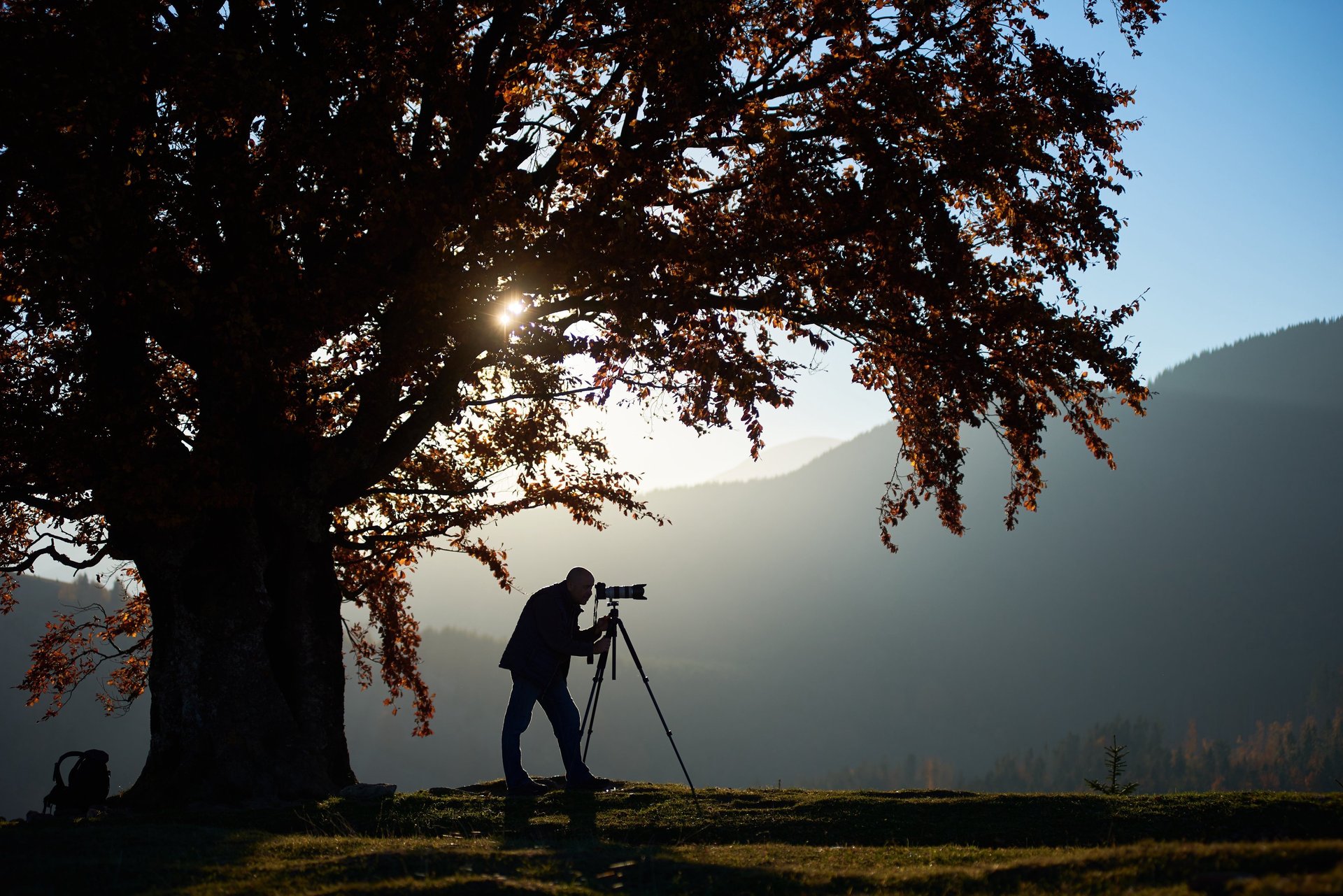5 Essential Tips for Filming or Photographing in Forested Areas
By thoroughly understanding and implementing these detailed tips, you'll not only capture stunning visuals but also ensure a safe and enjoyable experience in the forested setting. Happy filming and photographing!
PHOTOGRAPHY
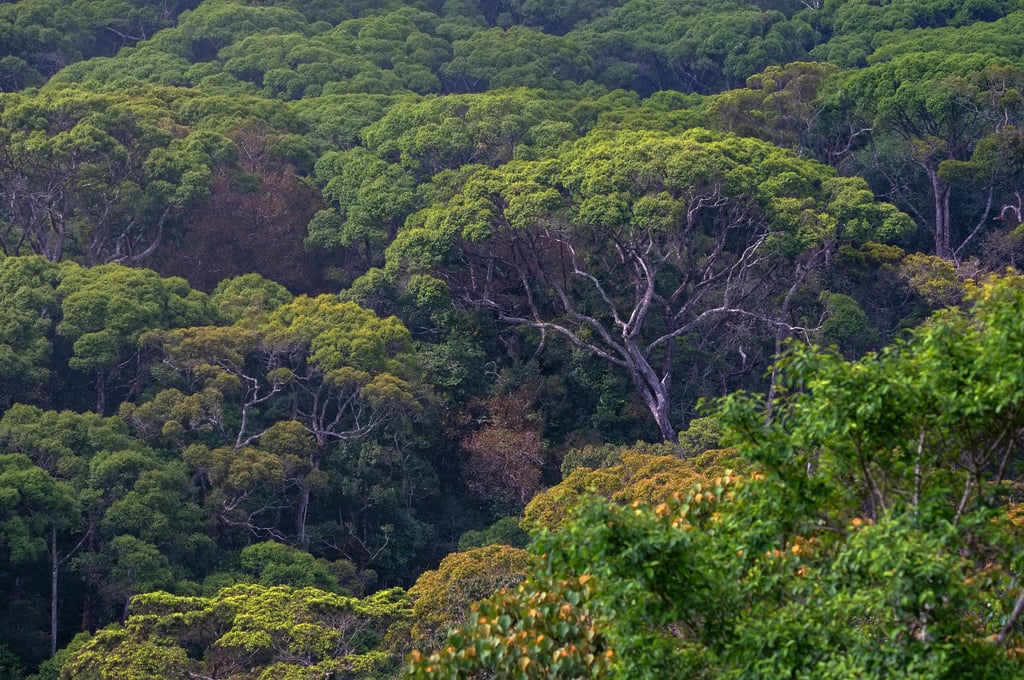

When it comes to capturing the beauty of nature, forested areas provide a wealth of opportunities for photographers and filmmakers. However, venturing into these dense and often unpredictable environments requires careful planning and preparation. In this article, we will discuss five essential tips to help you make the most out of your filming or photography experience in forested areas.
1) Study the Terrain Like a Pro:
Elevation and Topography:
Identify the elevation changes within the forest. This helps in planning shots that showcase the depth and varied landscapes. Pay attention to any hills, valleys, or slopes that could impact your movement and equipment setup.
Water Bodies:
Locate streams, rivers, or ponds in the area. Water features can add unique elements to your visuals, and understanding their locations helps in planning compositions.
Obstacle Awareness:
Look for potential obstacles like fallen trees, large rocks, or dense vegetation. This information allows you to plan your paths and anticipate any challenges in moving your equipment.
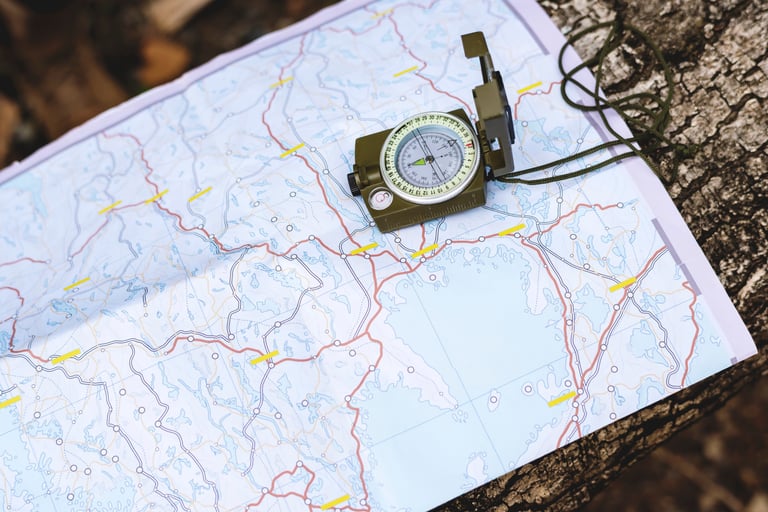


Watch your steps while filming in the forest
2) Check Nearby Amenities:
Proximity to Human Habitation:
Identify the nearest points for food and facilities. Knowing how far you are from human habitats ensures you can plan breaks effectively and avoid unnecessary travel for basic necessities.
Emergency Preparedness:
Familiarize yourself with the location of emergency services, clinics, or ranger stations. This information becomes crucial in case of unforeseen situations, offering a quick response to any emergencies.

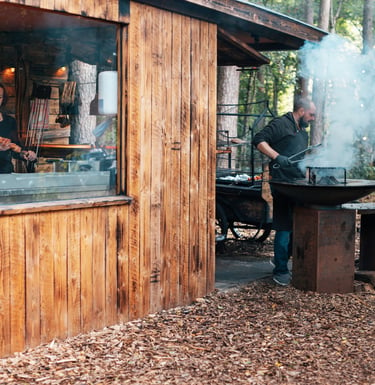
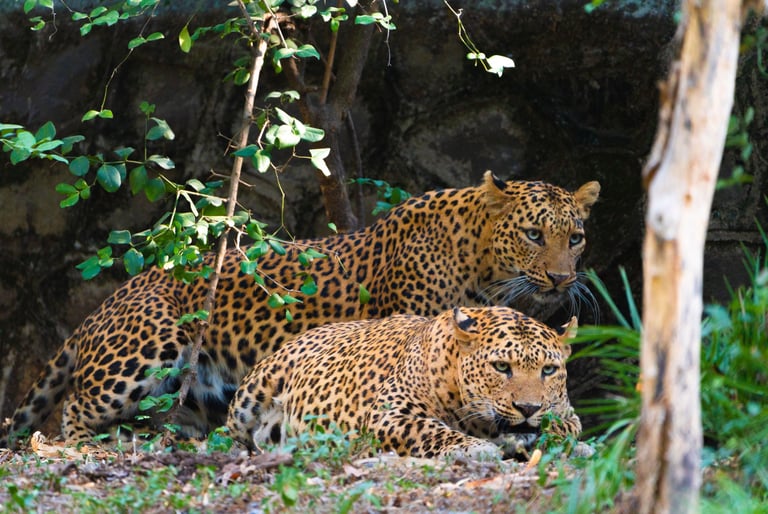

3) Wildlife Awareness is Key:
Species Identification:
Research the specific wildlife species present in the area. Knowing which animals inhabit the forest helps you capture unique moments while maintaining a safe distance.
Contact Wildlife Authorities:
Get in touch with local wildlife authorities or forest rangers to gather insights into recent wildlife activities. They can provide valuable information on potential risks and guidelines for responsible filming in the presence of wildlife.
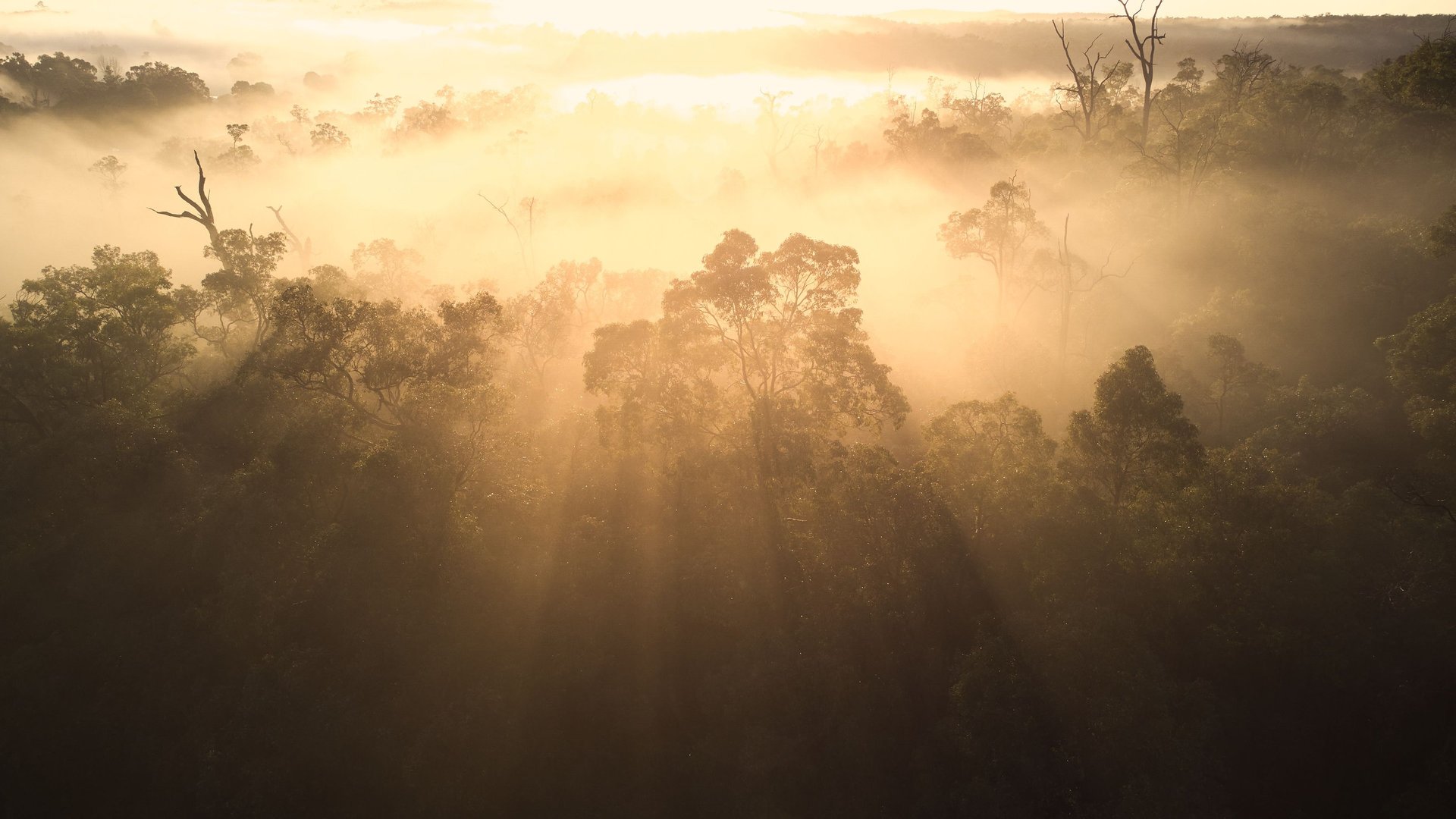
Lighting the Frame: A Cinematic Journey into Visual Mastery
4) Master the Light with Apps:
Sun Surveyor Usage:
Learn how to use Sun Surveyor or similar apps to track the sun's movement throughout the day. This helps in planning the timing of your shots and utilizing natural light to its fullest potential.
Offline Maps Preparation:
Save offline maps of the proposed forest area on Google Maps. Ensure coverage for at least 200 square miles to account for the limited or nonexistent cellular network in dense forest areas. This preparation ensures you can navigate even without a stable internet connection.
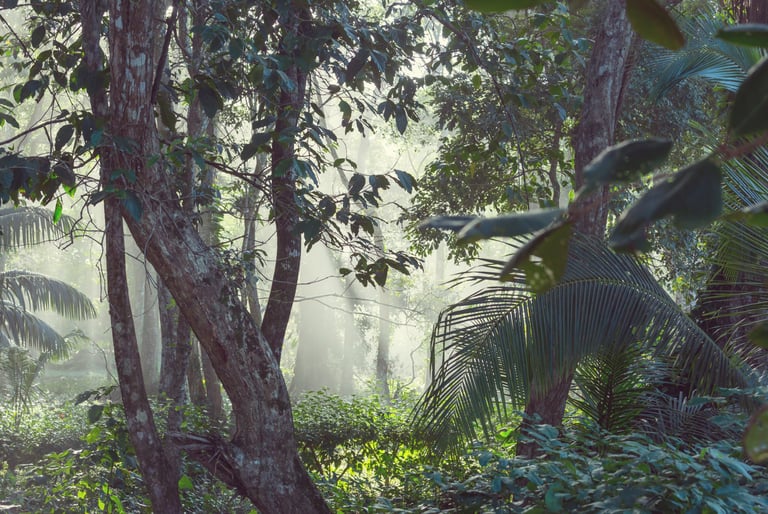



5) Health Comes First:
First Aid Kit Essentials:
Pack a comprehensive first aid kit that includes essentials like bandages, antiseptics, and any personal medications. Be aware of common allergies and carry appropriate medications for quick relief.
Medical History Awareness: If you have any known allergies or medical conditions, make sure your companions are aware, and carry relevant medical information. This ensures a prompt and informed response in case of a health emergency.
